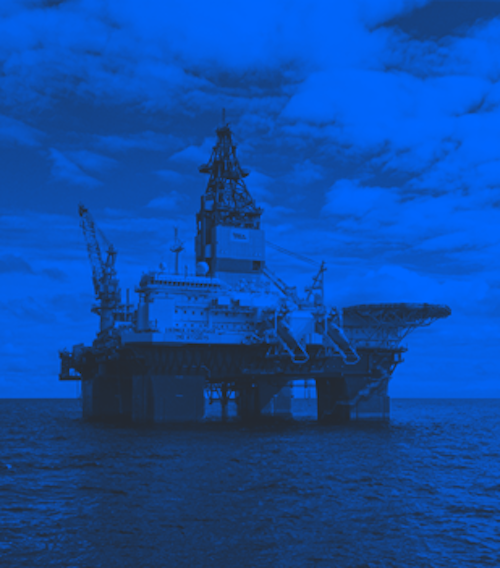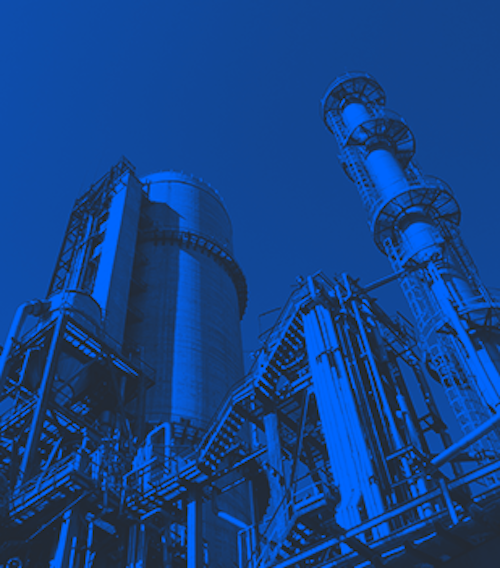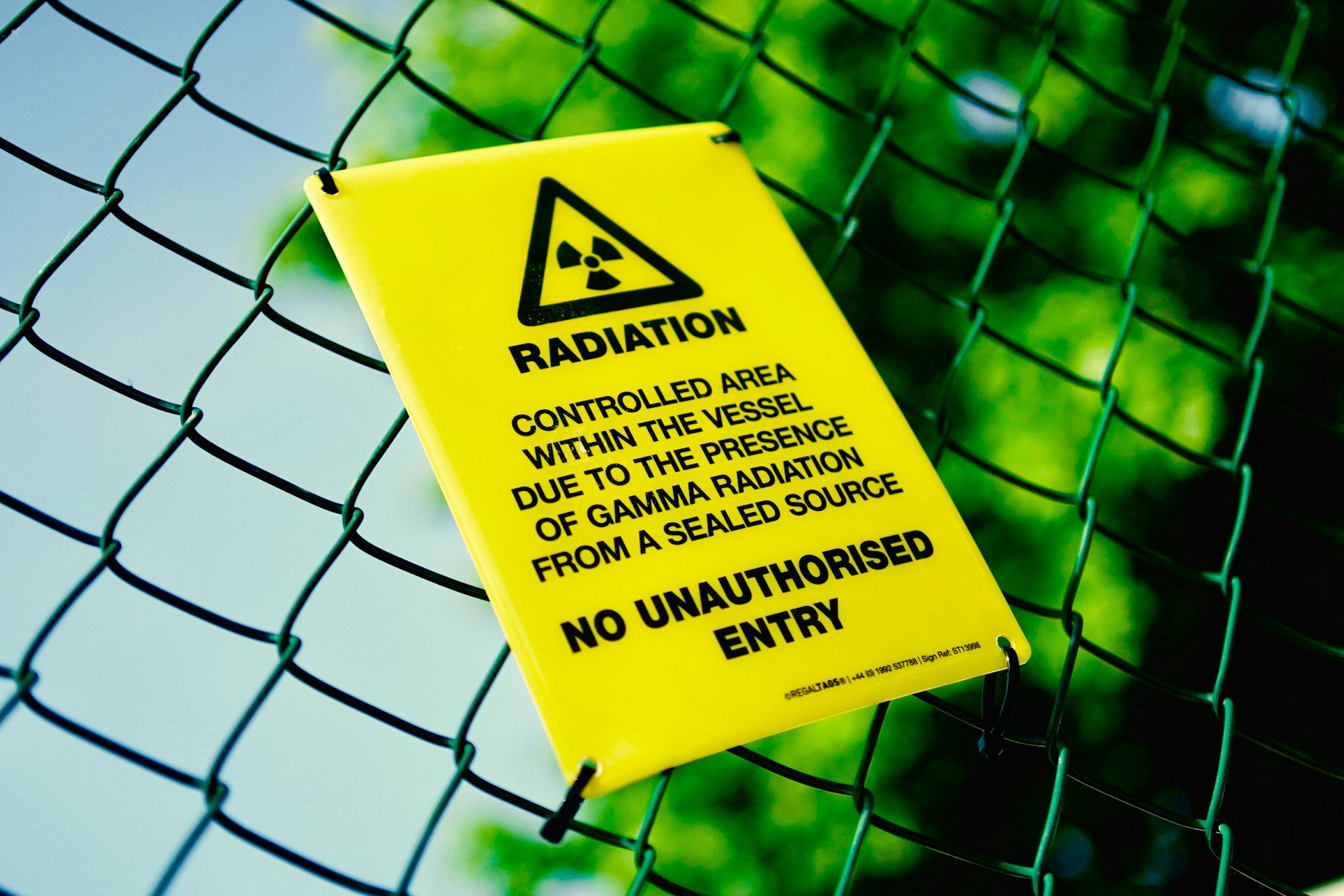5 essential requirements for workplace safety signs in critical industries
Safety signs play a vital role in protecting workplaces within critical industries. But, generic signage can be counter productive in these environments, and more specialist requirements are recommended. So, here are the 5 essential requirements for safety signs in critical industries, to ensure zero incidents and zero emissions.
Safety signs play a vital role in protecting workplaces within critical industries, highlighting occupational hazards, demonstrating safe practices, and displaying essential emergency information—all of which ensure a safer working environment for personnel.
Critical industries such as oil and gas, energy, construction, and manufacturing pose some of the most dangerous working environments in the world. Workers in these industries can be exposed to toxic substances, explosive atmospheres, and hazardous machinery.
Safety signs used in these critical industries are, of course, subjected to harsh environments, making them more prone to failure. In high-risk working environments such as these, the use of durable and reliable safety signs that keep important safety messages protected at all times, are critical for preventing potentially catastrophic accidents or injuries.
So, in this blog, we will be exploring the 5 essential requirements for workplace safety signs in critical industries
1. UV and fade resistant
Safety signs go through a lot of wear and tear, especially when working in harsh environments that are exposed to direct sunlight, extreme heat, or radiation.
UV rays have a photochemical effect within the polymer structure of signs that can cause colours to fade and the material itself to break down and crumble apart.
Cheaper, less durable materials will become unreadable and could snap away from their fixings when subjected to prolonged UV exposure. This can lead to confusion, putting the safety of work personnel at risk.
In order to avoid short-lived signs and keep safety messages clear for longer, investing in signage that is manufactured from UV and fade resistant materials is recommended.
2. FREEZE-RESISTANT
When operating in harsh environments, the weather can cause all sorts of problems for your tags. Just like the sun can make them fade, freezing temperatures can cause them to go brittle and break under pressure.
Workplaces exposed to sub-zero temperatures must ensure all safety signs are able to remain strong and reliable in all conditions. Cheap or poorly manufactured safety signs used in these conditions are more susceptible to failing, putting personnel at risk of accident or injury. Short-lived signs additionally result in the need for costly, regular replacements.
Investing in freeze-proof safety signs will ensure critical information is kept visible and reliable for longer. This allows corporations to reduce reported incidents and save money and time.

3. Legible and clear design
Safety signs are extremely important protective tools, especially for those working in high-risk environments. These signs are relied on to communicate information clearly and succinctly and educate personnel about potential hazards or dangers ahead. It is therefore extremely important that these safety signs are clear and legible at all times in order for them to work effectively.
Signs that are poorly printed can lead to employees misreading, or not seeing critical safety information that could potentially protect them from harm.
To avoid the risk of safety information going unseen, safety signs in critical industries must be printed clearly with the correct spellings to ensure there is no confusion. One way to test the clarity of your design is to show it to a colleague who hasn't seen the sign before and ask them to explain what it is saying. This will help you identify any confusion that the sign may create.

4. Customisable
Safety signs aren’t always a one-size-fits-all solution. Generic safety signs tend to have generic wording, symbols, and messaging. However, for multinational corporations with offices in various locations, each workplace is likely to present its own set of unique safety challenges that generic signs cannot adequately address.
For example, many large corporations within critical industries employ personnel from across the globe, meaning safety signs must be clear to every worker no matter what their native language is. Customisable safety signs allow these companies to design bilingual signage, ensuring all workers have equal access to critical safety information.
5. Sustainable
Now more than ever, corporations are making efforts to reduce their carbon footprint and achieve Net-Zero. Critical industries such as the oil and gas sector, which accounts for a huge 42% of all global emissions, are also one of the top 10 most hazardous industries for personnel to work in.
In order to mitigate safety risks and reach important environmental goals, many large corporations within critical industries are adopting more sustainable safety cultures. As part of these efforts, safety signage and tags are often required to be made from sustainable and recyclable materials. Sourcing signage made from 100% recyclable materials is especially important for signs that are not long-term, as this will ensure zero waste goes to landfills.
For long-life signs, choose signage that is made from durable materials to reduce excessive waste and the need for regular replacements.
Optional workplace safety sign requirements include:
Many businesses and workplaces have their own individual set of safety challenges, which can sometimes require more specialised safety signs. Some of the potential additional safety sign requirements include:
- Photoluminescent: for placement in particularly dark workplaces or workplaces prone to power outages.
- Flexible: for mounting on curved OR flat surfaces without affecting durability.
- Laminated, and scratch-proof: for high-traffic areas that are subject to knocks and scratches.
- Lightweight: for ease of use and storage

Compliant workplace safety signs from REGALTAGS
At REGALTAGS, we provide tough workplace safety signage that meet all safety specifications and needs.
We provide a selection of Tough, Tougher, and Toughest signs, as well as specialist options such as photoluminescent and barrier signs for all your signage needs. All of our safety sign products can be completely customised to individual requirements, from messaging to colours and sizes.
In our range of tough, tougher, and toughest safety signs, we offer:
- UV and fade-resistant
- Freeze-proof
- Lightweight
- Made from 100% recyclable Prism® material
- Scratch- and scuff-resistant
- Customisable
- Can be flexible or rigid depending on needs
- Clear and legible
If you’d like to find out more about how we can help with your safety signs, contact our friendly team at REGALTAGS® today. We’re more than happy to answer any questions you have and can guide you through each material option.
Subscribe
Join 10,000+ others receiving our monthly updates. Free Tag knowledge delivered straight to your inbox.





